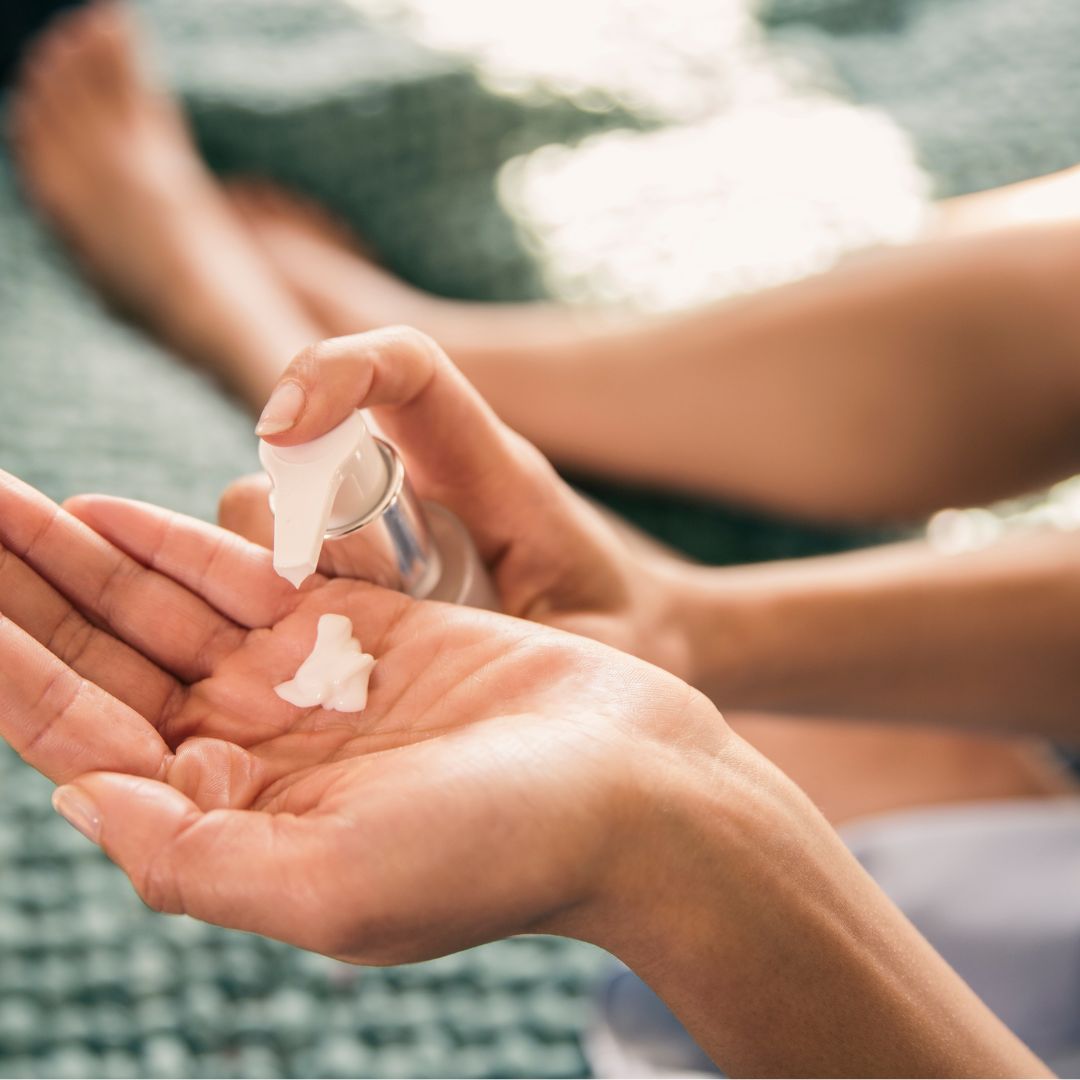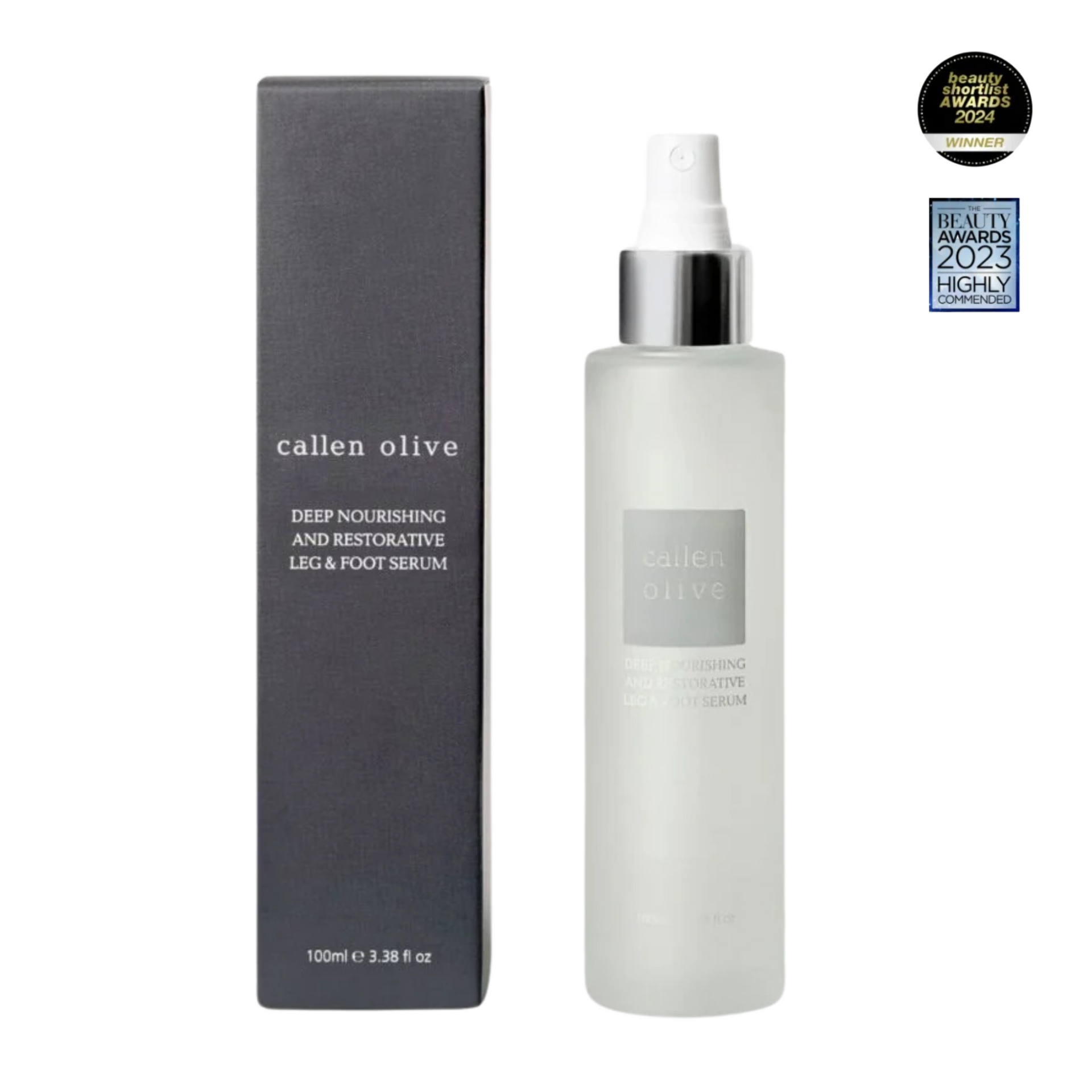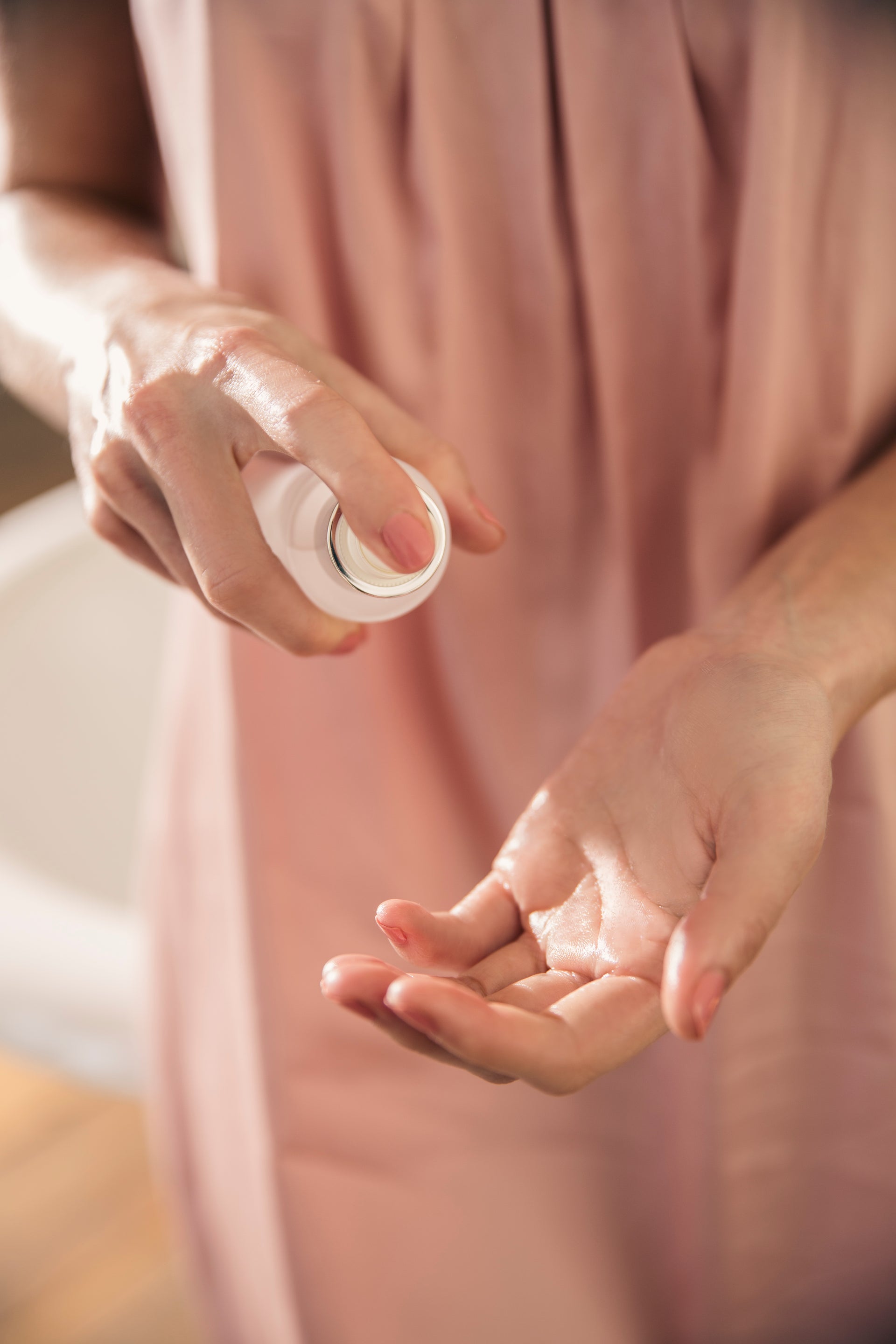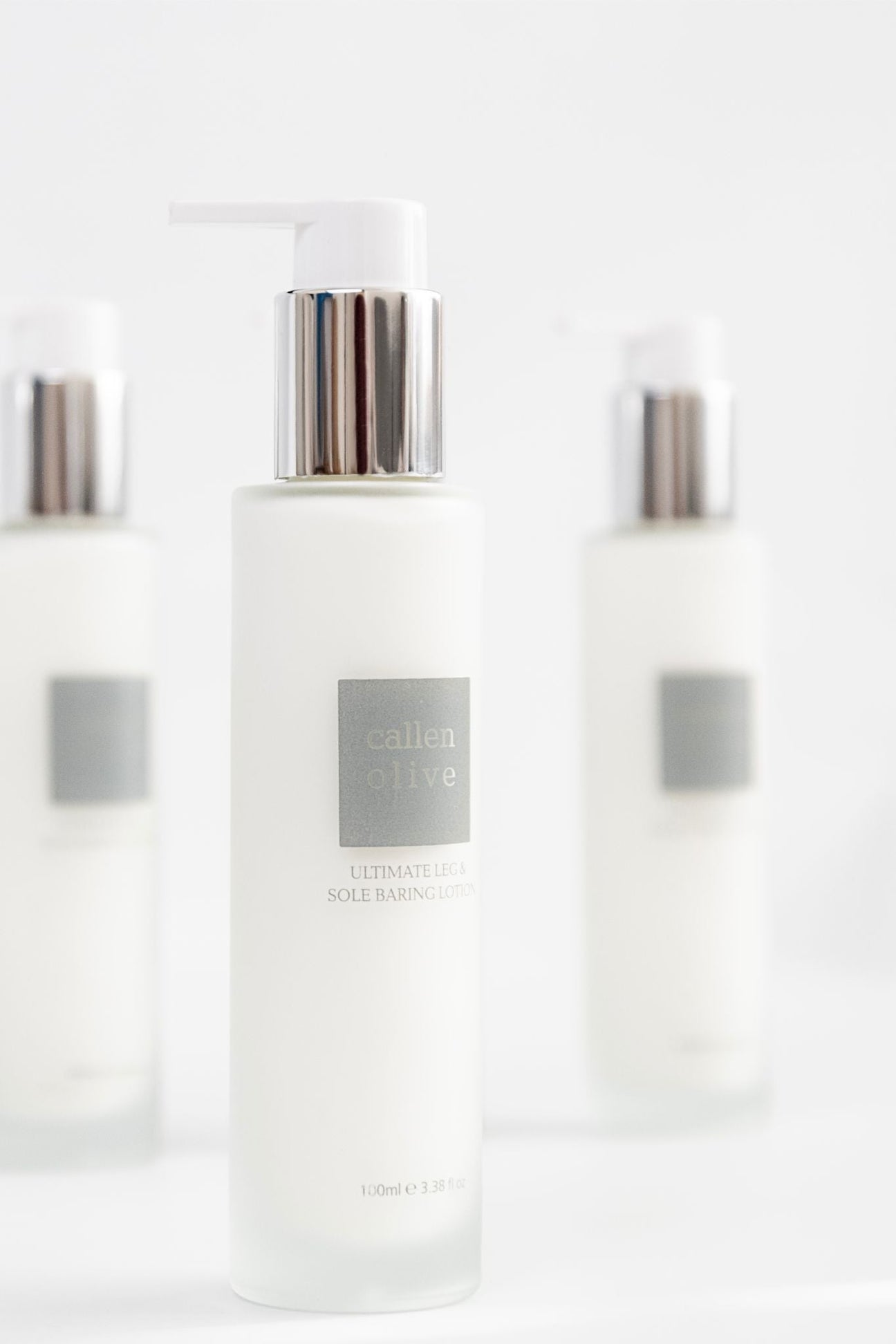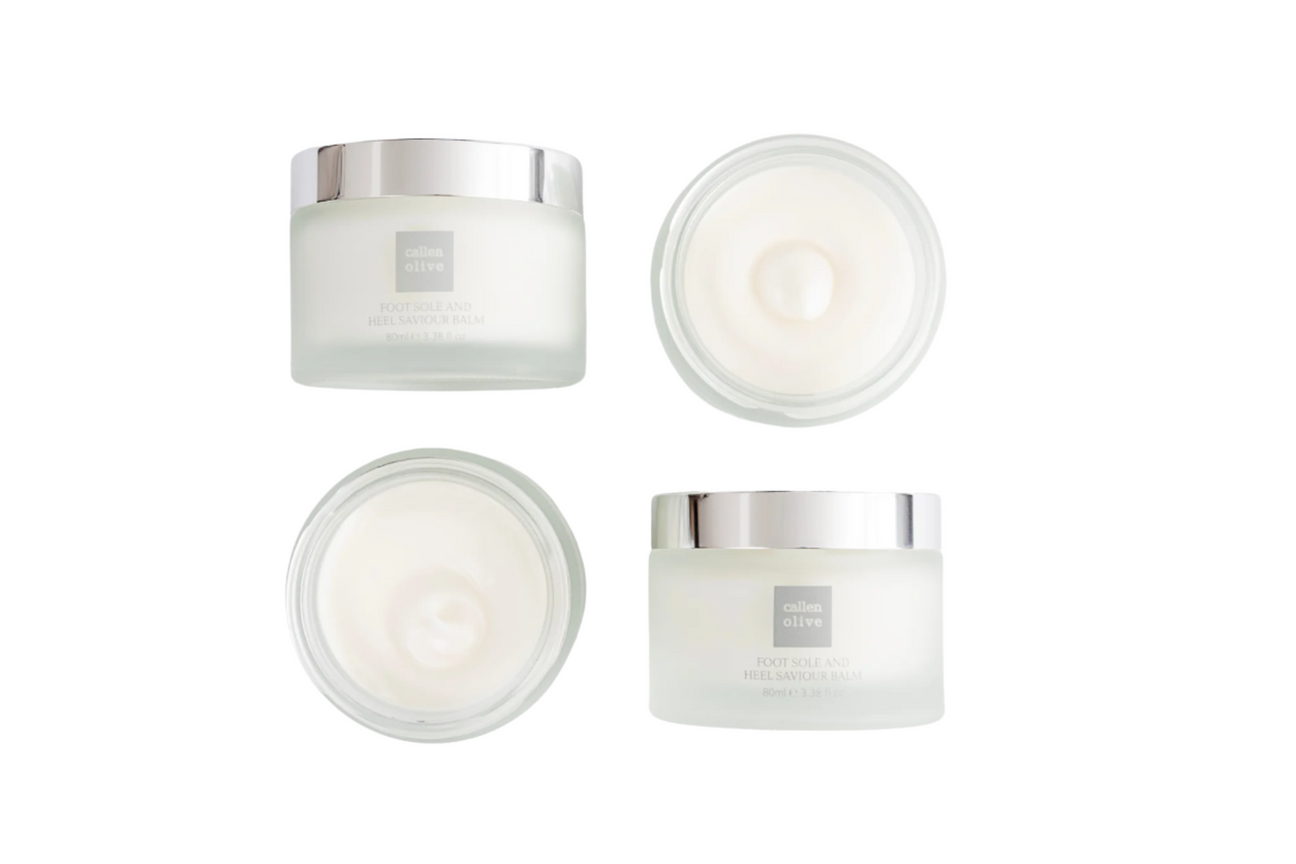Morton's neuroma is a painful condition affecting the ball of the foot, typically between the third and fourth toes. It's characterized by a thickening of the tissue surrounding one of the nerves leading to the toes, causing sharp, burning pain, numbness, or a feeling of a small pebble inside the shoe. While the exact cause of Morton's neuroma isn't always clear, several factors contribute to its development and aggravation.
One primary cause of Morton's neuroma is repetitive stress or injury to the foot. Activities that involve excessive pressure or irritation to the forefoot, such as running, jogging, or wearing high-heeled shoes, can lead to inflammation and swelling of the nerve tissue. High heels, in particular, can force the toes into a cramped position, increasing compression on the nerves and exacerbating the condition over time.
Biomechanical issues also play a significant role in the development of Morton's neuroma. Conditions like flat feet, high arches, or abnormal foot alignment can alter the distribution of weight and pressure across the foot, putting undue strain on the nerves and contributing to nerve irritation and inflammation. Additionally, certain foot deformities, such as bunions or hammertoes, can create structural abnormalities that further contribute to nerve compression and discomfort.
Footwear choices can significantly impact the onset and severity of Morton's neuroma. Tight, narrow, or poorly fitting shoes can squeeze the toes together, compressing the nerves and exacerbating symptoms. High heels, in particular, can shift the body's weight forward, increasing pressure on the forefoot and aggravating the condition. Opting for supportive footwear with a wide toe box and adequate cushioning can help alleviate pressure on the affected area and provide relief from symptoms.
Participation in high-impact or repetitive activities can worsen Morton's neuroma symptoms. Sports that involve running, jumping, or quick directional changes can increase stress on the feet, exacerbating nerve irritation and inflammation. Additionally, activities that require prolonged standing or walking on hard surfaces can aggravate symptoms and lead to increased discomfort. While regular exercise is essential for overall health, individuals with Morton's neuroma may benefit from low-impact activities like swimming or cycling to minimize stress on the affected area.
Certain foot conditions and structural abnormalities can predispose individuals to developing Morton's neuroma. For example, having overly flexible or rigid foot mechanics can increase the likelihood of nerve compression and irritation. Additionally, previous foot injuries or surgeries may alter foot mechanics and contribute to the development of neuromas. Understanding these risk factors can help individuals take proactive steps to prevent or manage Morton's neuroma effectively.
Morton's neuroma is a painful condition that affects the ball of the foot and can significantly impact daily activities. While the exact cause of Morton's neuroma may vary, factors such as repetitive stress, biomechanical issues, footwear choices, activity level, and underlying foot conditions can contribute to its development and aggravation. By addressing these factors and adopting proper foot care habits, you can effectively manage Morton's neuroma and improve your overall foot health. If you suspect you may have Morton's neuroma, give us a call at Callen Olive podiatry Clinic in Berkhamsted, near Hemel Hempstead and Tring for a professional / accurate diagnosis and personalised treatment plan; enabling you to reach your goals.




